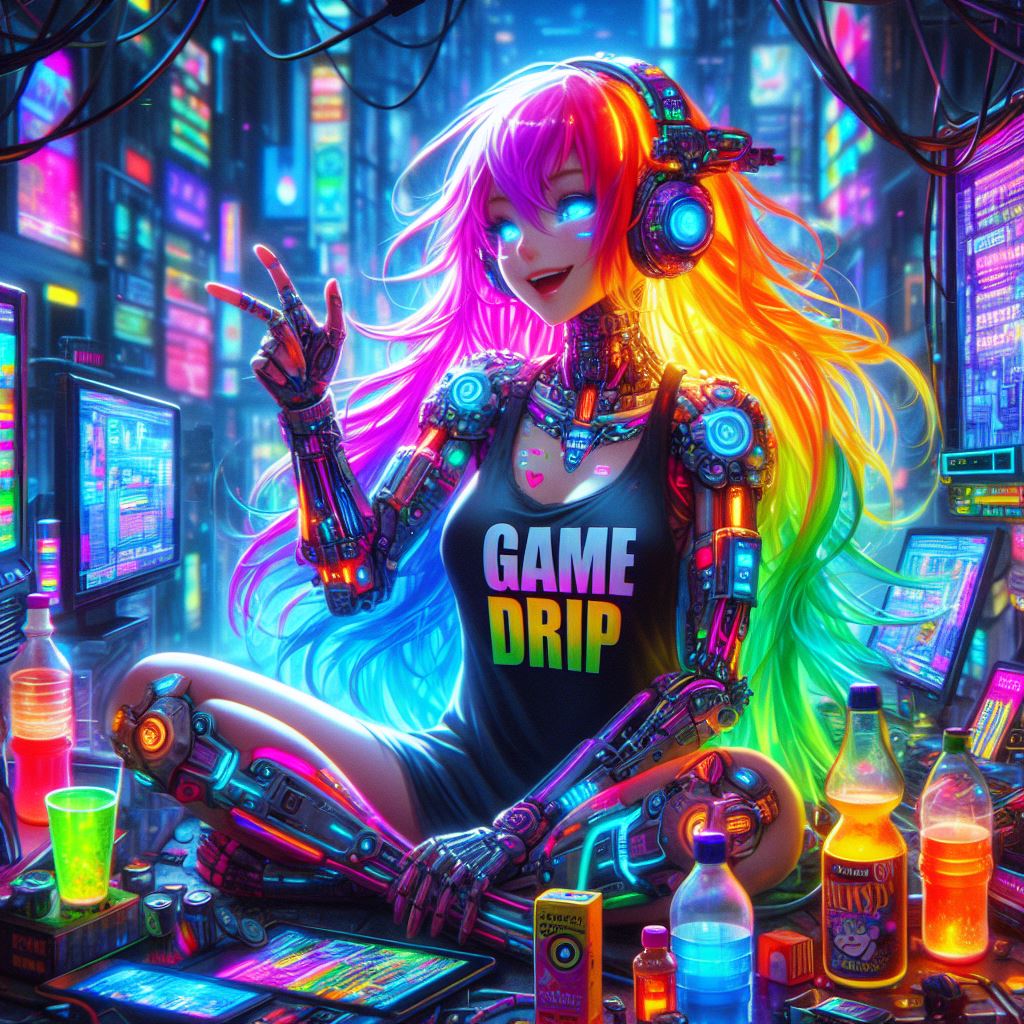As featured on Minecraft Servers Listing
#GalacticShadow

Member Rules
General Rules
– Be considerate of other players.
– We do not care about bad language or nude skins, but if someone gets offended by any of it please have the respect to change that.
– Do not harass people in any way.
– Be respectful to Staff.
– We choose every member of staff because we feel they can help us keep order on the server. If a staff member tells you to stop doing something, DO NOT ARGUE. Simply do as they say and allow all players to continue enjoying the server.
– If you ever have an issue with Staff, /msg an admin in-game.
– Do not demand/beg for staff to do things for you.
– Do not ask to become a mod/admin/op. You can apply here in the apply section.
– Mods are promoted based on activity and level of contribution to the server alongside maturity.
– If you want to become a mod, don ask. Prove to the server staff that you are mod material if you really want to be a mod.
– Use chat appropriately.
– Use regular case or title case, not all capitals.
– Use /msg name for private conversations, and /r to reply
Do not do any of the following:
– Spamming of any type
– Make one-block wide towers or holes
– Use hacks/cheats or exploit glitches
– Any method of duplication is not allowed
– Using x-ray mods/texture packs
– Flying
– Speed hacks
– Exploiting game glitches
– Using a cheat client
– Using any s which allow for cheating
– Accepting inappropriately obtained items
– No advertising of other servers
Account Rules
– It is your job to keep your account secure. Anything done on your account, regardless of who was playing, you are responsible.
Donator Rules
– Donators are expected to follow rules as well.
– Donation privileges may be adjusted at any point.
– Donations are non-refundable.

Griefing
Griefing and stealing is allowed. Griefing is the action of destroying someone else’s things. For Example:
– Removing or adding blocks to a build
– Flooding with lava or water
– Rewriting or leaving signs
– Locking others’ chests and doors
– Removing or adding paintings
– Destroying any part of a build
– Killing someone’s farm animals
PVP
PVP is enabled.
Hacking
Do not hack on our server. Hacking is changing how data is sent between the server and the client or using that data in a way not intended by the game. This includes but is not limited to:
– X-ray mods, x-ray texture packs, and ore finders
– Fly/Speed hacks
– Inventory/Item hacks
– Spam/Login hacks
Punishments can include: Bans, jail, and IP bans. Not for griefing
Do not build offensive or vulgar symbols. This includes Nazi symbols, upside-down crosses, rude body parts, and any other symbol which has a negative meaning. We believe every person has the right to express their beliefs. If you wish, you may place non-offensive symbol on your build. This means crosses, stars of David, and other religious symbols. However, we cannot allow swastikas as they have a strong negative meaning.
Forum Rules
– Use the most appropriate board for your post topic.
– Use proper language.
– If you ever need to submit a ban appeal, make sure to do it in the Ban Appeals Forum using the appropriate format.
– Do not comment on other ban appeal posts unless you
e involved in the situation or have relevant details.

We do give players rights on our server
– You have the right to enjoy Minecraft without being harassed by anyone, staff or citizen.
– You have the right to appeal any ban on the forums, whether you are guilty or not. Be polite and apologize, and you might be allowed back on our server.
– You have the right to report poor staff behavior to the admins. If you have a problem with a Mod, report to an Admin. If you have a problem with an Admin, report it to UnboundPony.
– Keep in mind, this is our server. Respect our rules and staff, and think your actions through, and everyone can play and enjoy DestinyCraft together.
Moderator Rules:
– Moderators are required to follow member rules with a few exceptions which will be listed.
– Any type of power abuse will equal in a ban.
– Moderators are allowed to grief and pvp. However, if a moderator abuses their instant teleport powers for their own personal gain, they are considered to be abusing their powers” and thus is illegal.



















